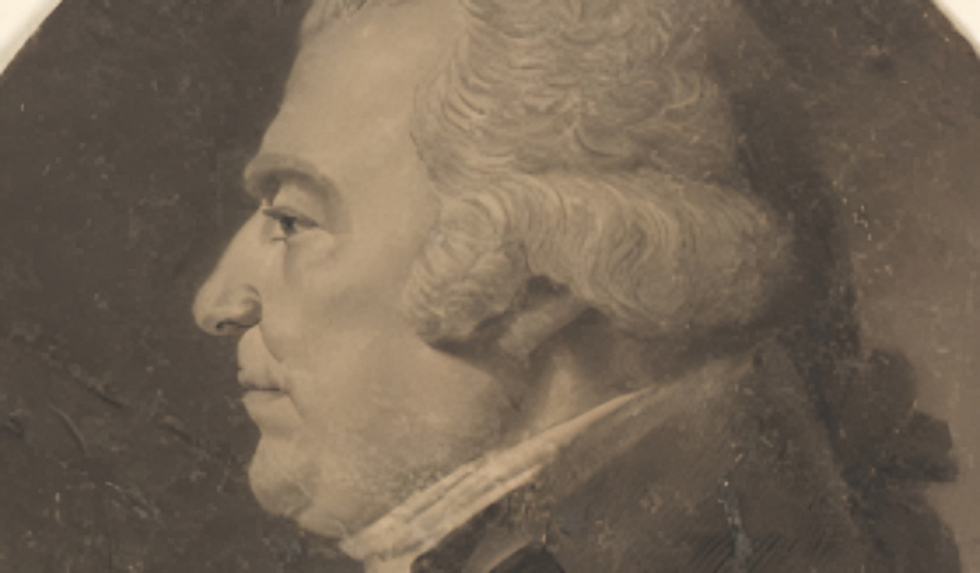
After being assaulted by her master, Elizabeth Freeman (1742?–1829), known as Mum Bett, was among those who petitioned for freedom in Massachusetts. She had heard a reading of the Declaration of Independence and discussions about the Massachusetts state constitution of 1780. Bett went to attorney Theodore Sedgwick, shown here, asking him to help her claim her liberty and obtain the equality promised in those documents. In Brom & Bett v. J. Ashley, Esq., the jury in the Great Barrington Court of Common Pleas set Elizabeth free. In his autobiography W. E. B. Du Bois claimed Bett as an ancestor.
Charles Balthazar Julien Fevret de Saint-Mémin was a French-born artist known for his detailed and sophisticated silhouette portraits. His work primarily involved creating finely crafted profiles cut from paper, and he was particularly active in the United States during the early 19th century.
Saint-Mémin came to America in the 1790s and became well-known for his portraits of prominent individuals. His silhouettes were renowned for their precision and elegance, capturing the likeness of his subjects in a unique and stylized manner. He traveled widely, creating portraits of many notable figures across the country.
Theodore Sedgwick was an important American lawyer and politician. He served as a member of the U.S. House of Representatives and was a prominent figure in early American politics. Sedgwick was also known for his involvement in the legal and political issues of his time, including advocating for the abolition of slavery and participating in the early formation of legal institutions.
In 1801, Saint-Mémin created a silhouette of Theodore Sedgwick in Philadelphia. This portrait is a fine example of Saint-Mémin’s skill and the artistic trends of the period, showcasing the elegance and attention to detail characteristic of his work. The silhouette of Sedgwick captures both his physical features and the refined style of early American portraiture.